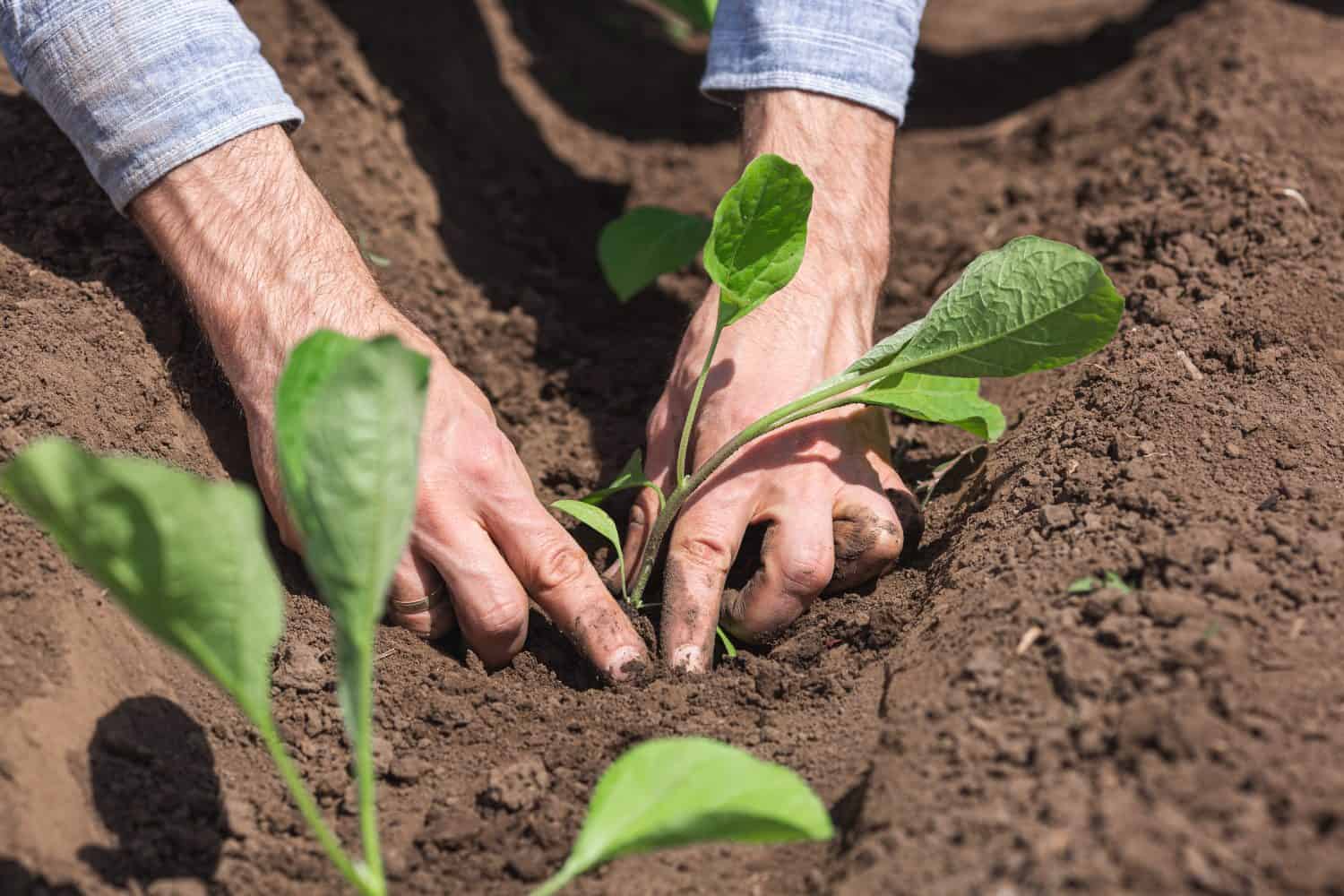May is the month when your garden really wakes up from its winter slumber. No matter what region of the US you live in, this is one of the busiest gardening months. May is the month when you set yourself up for a summer of blooming success! All types of gardens and plants need your attention during this month including flowers and plants, vegetables, and your lawn. If you have a pond, that will need some attention too! It’s best to pace yourself and take it one task at a time or it can be overwhelming – and hard on your back! If your garden is simply a few pots on a balcony, don’t think that you have no work to do. Container plants need your help during May just as much as those planted in the ground. Let’s take a look at your garden ‘to do’ list during the month of May.
1. Plant Perennials

©Serhii Brovko/Shutterstock.com
- Perennials die back above ground but are alive under the soil for years.
- They come in a range of shapes, sizes and colors.
- There are varieties for all soil types.
- In colder regions, double-check the last frost date.
2. Plant Wildflowers
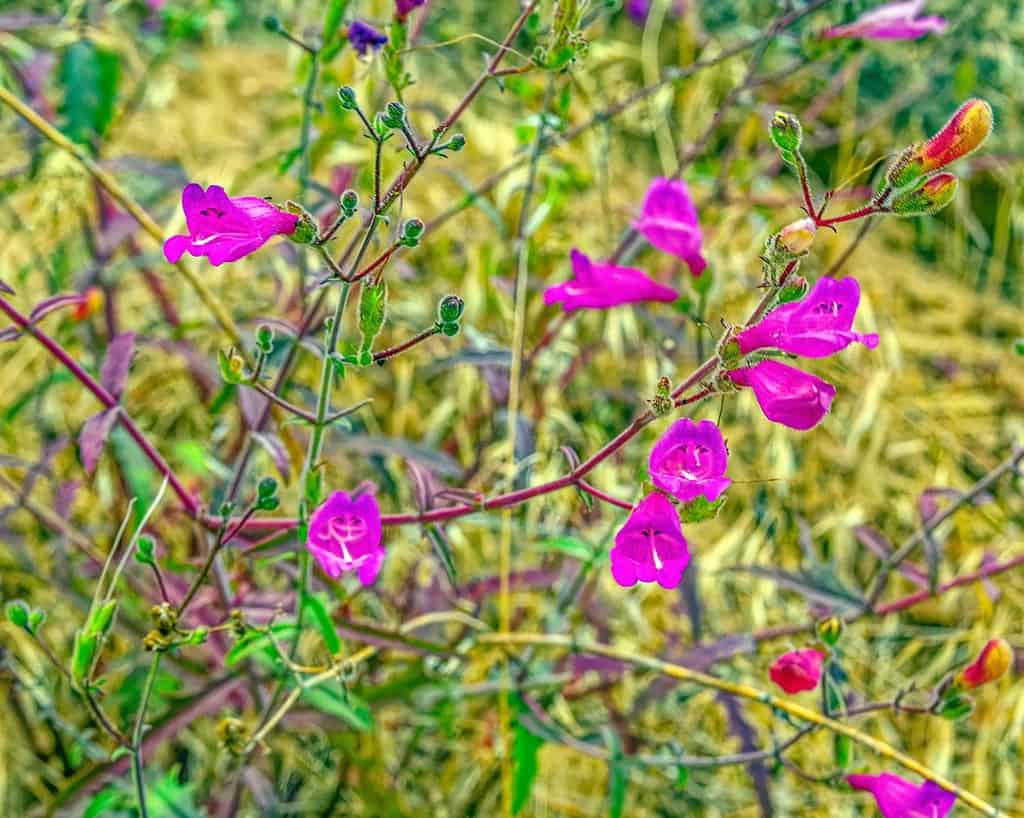
©Gary Gilardi/Shutterstock.com
- Wildflowers can replace part of your lawn.
- Remove existing growth first.
- They attract pollinators.
- Blooms will appear in summer.
3.Plant Bulbs
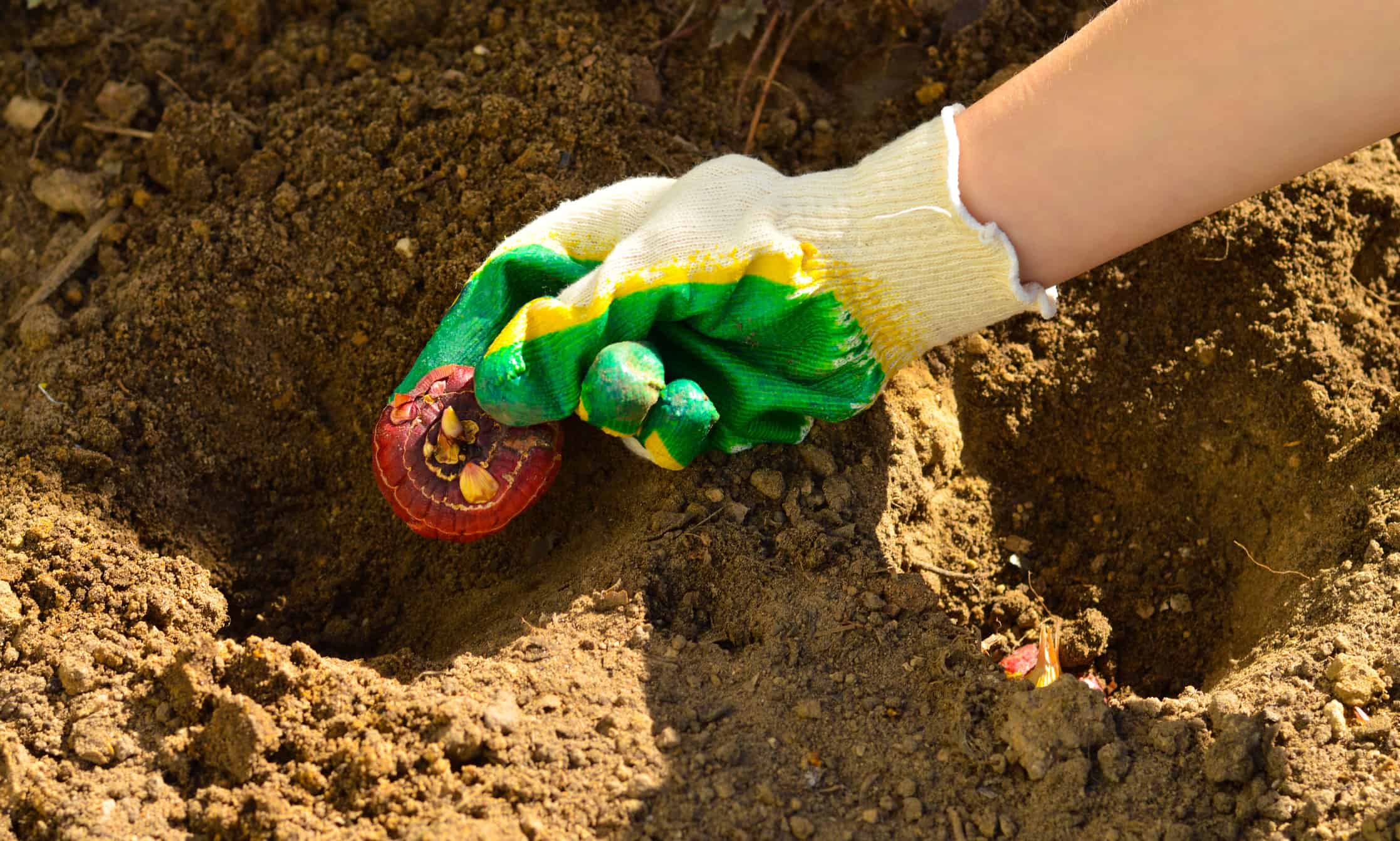
©iStock.com/Irina Starikova
- Popular bulbs include dahlias and gladiolus.
- They can be started indoors in colder climates.
- Don’t plant until after last frost date.
4.Harden off Indoor Grown Vegetables

©AngieC333/Shutterstock.com
- Tomatoes, peppers, and herbs can be sown indoors.
- Acclimatise them to cooler temperatures and air movement gradually.
- Leave them outside during daylight only for the first week.
- Protect with fleece in cooler climates.
5.Sow Vegetable Seeds
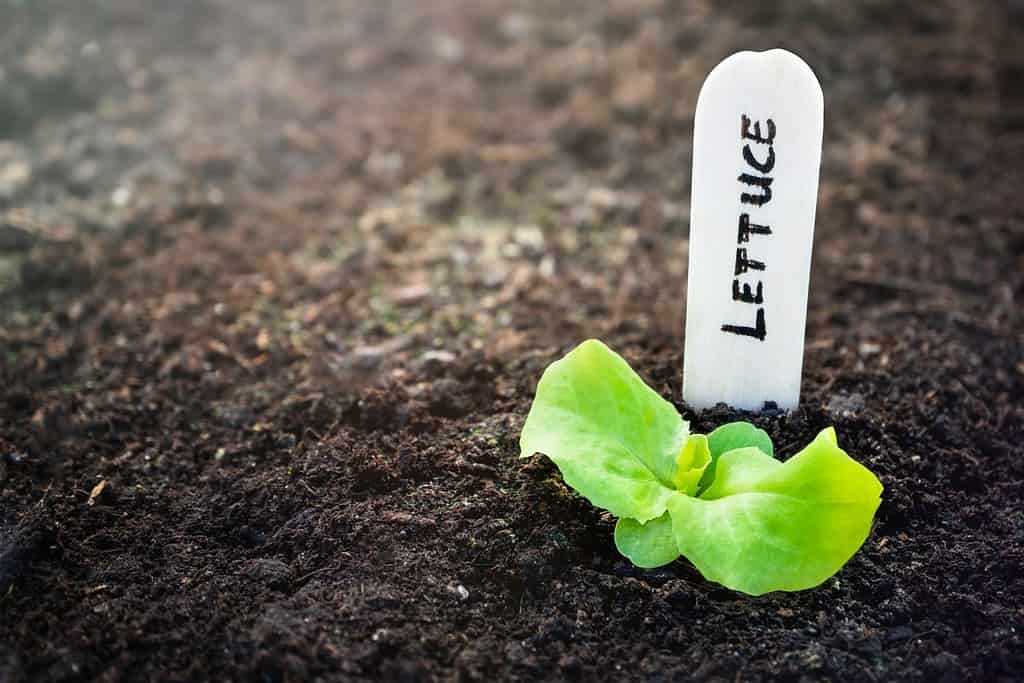
©sophiecat/Shutterstock.com
- Lettuce, corn, and cucumber seeds can be sown outside.
- Prepare soil with well-rotted compost.
- Prepare trenches at appropriate spacing.
- Thin out seedlings later if required.
6. Start Weeding
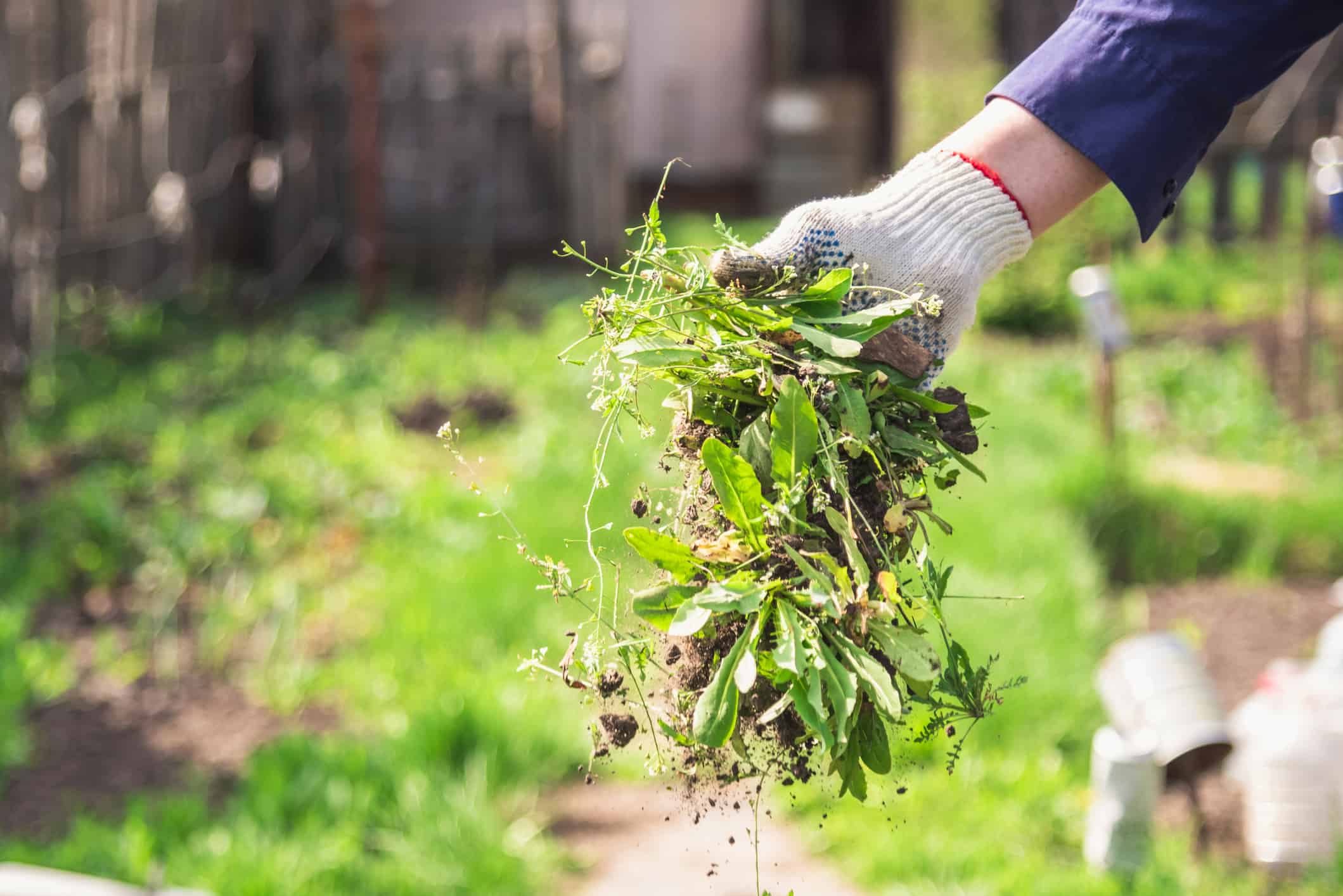
©JohnAlexandr/iStock via Getty Images
- Weeds start growing around May.
- They are easier to remove when they are small.
- Use photos to distinguish perennials from weeds.
- Tackle small sections at a time.
7.Apply Fertilizer

©Singkham/iStock via Getty Images
- Organic, natural fertilizer is best.
- Don’t apply just before heavy rain.
- Liquid or granular fertilizers provide faster nutrition.
- Soil in some regions needs more fertilizer than others.
8.Add Mulch
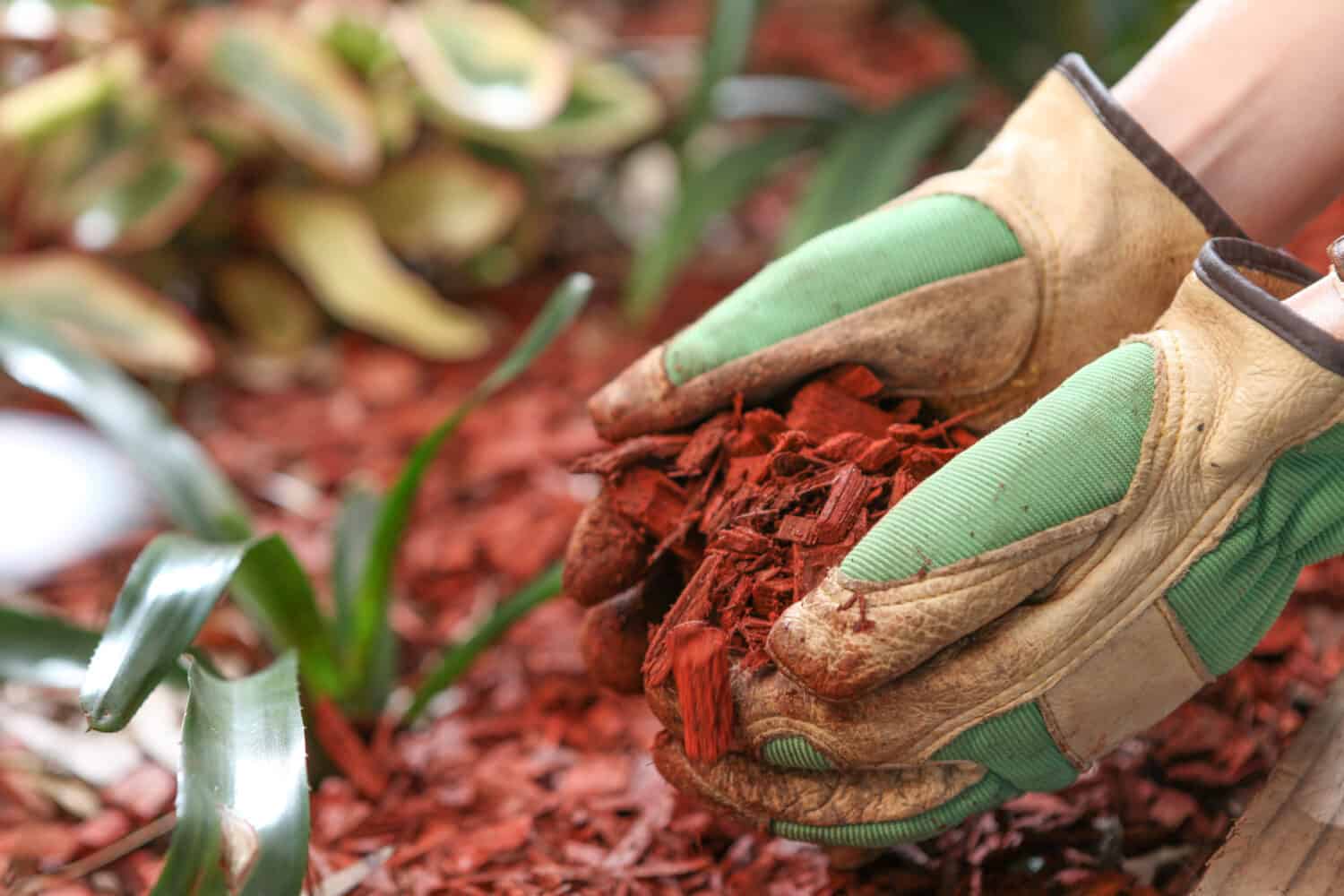
©OzCameraman/Shutterstock.com
- Add mulch once plants start to emerge.
- It retains water and suppresses weeds.
- Wood mulch is a popular option.
- Living groundcovers such as clover are an alternative.
9.Start Recycling Water
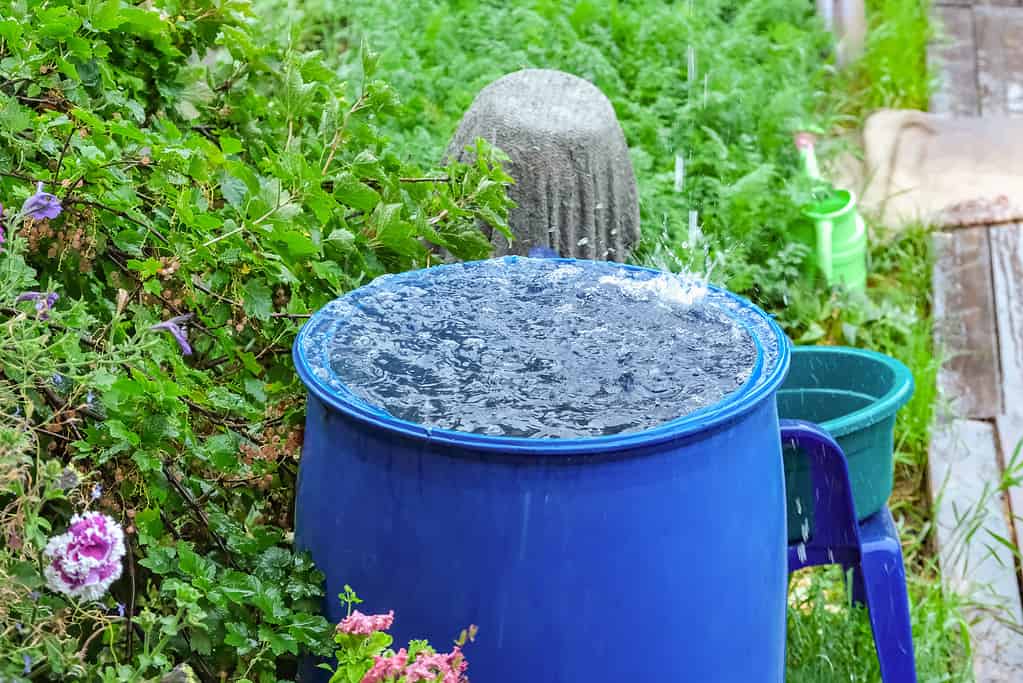
©Detry26/iStock via Getty Images
- In some regions, water is in short supply.
- Set up a rain barrel if you don’t have one.
- Inspect rain barrels for cracks, debris, and algae.
- Scrub out inside with a brush.
10. Tie in Plants
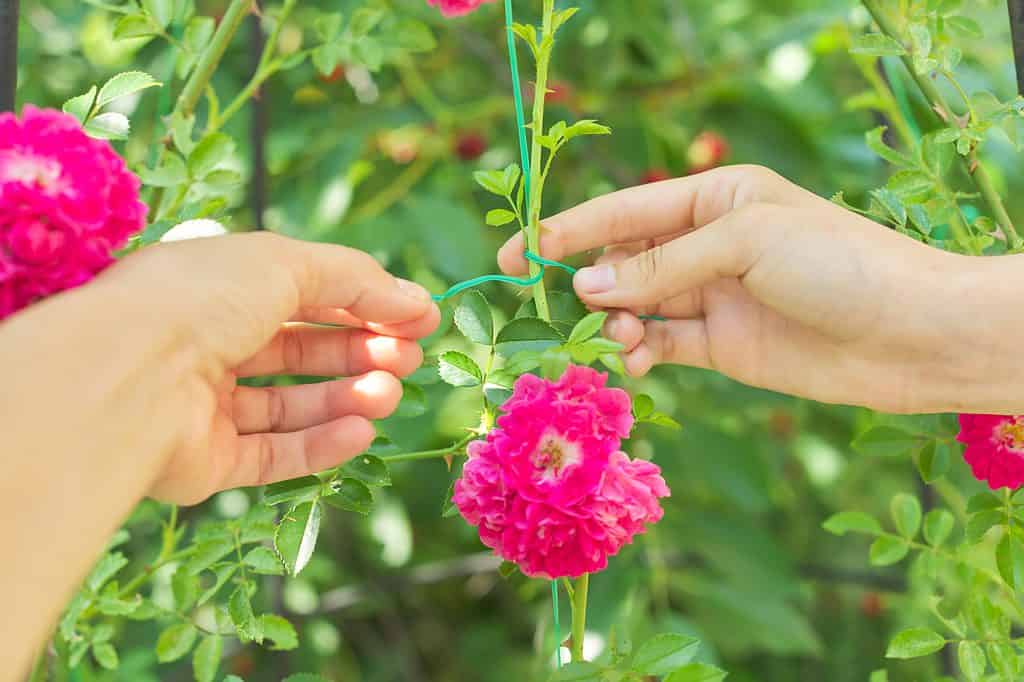
©iStock.com/Valeriy_G
- Some plants are climbing or rambling.
- Tie in roses horizontally to encourage more blooms.
- Add support rings to sweet peas to encourage climbing.
11. Container Plant Maintenance

©Wirestock/iStock via Getty Images
- Start watering container plants as rainfall reduces.
- Apply appropriate fertilizer.
- Give the containers a wash.
- Replant as necessary.
12. Fertilize Your Lawn

©welcomia/iStock via Getty Images
- Apply weedkiller.
- Feed with high nitrogen fertilizer.
- Sow seed in bald patches.
- Lower mower blades to summer height.
13. Garden Pond Maintenance
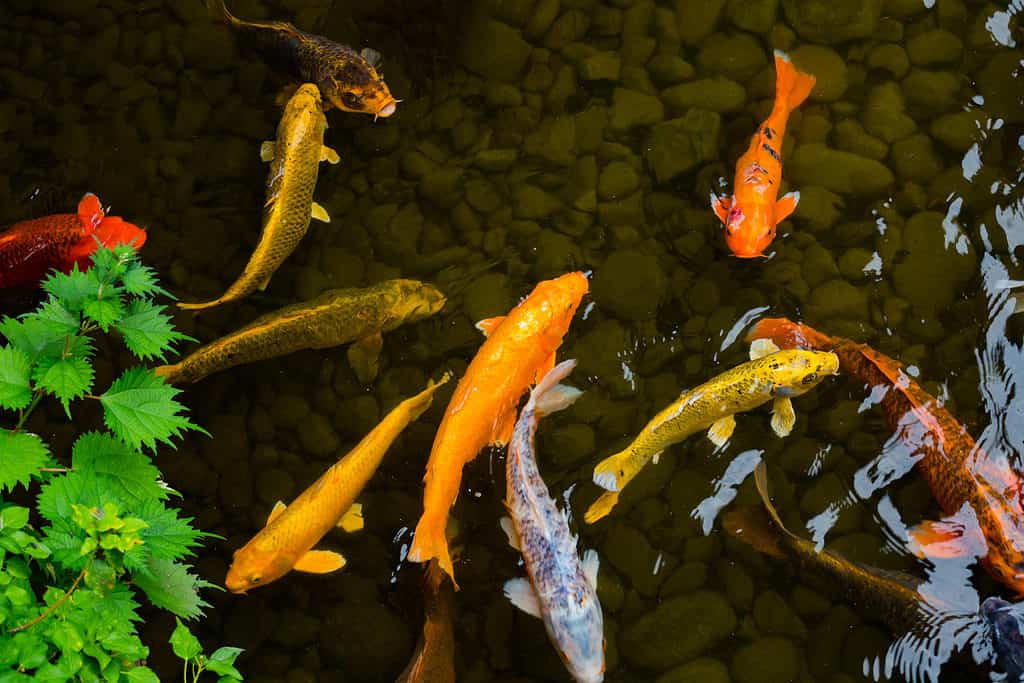
©glory_yabe/Shutterstock.com
- Remove pond weeds but leave beside the pond for insects to escape before discarding.
- Thin out pondside perennials.
- Thin out submerged plants.
- Check for cracks and damage.
14. Greenhouse Management

©aappp/Shutterstock.com
- Open greenhouse vents and doors on warm days.
- In warmer climates, control heat with blinds or shade paint.
- Hang fly traps to monitor pests.
15. Plant Hanging Baskets

©Phodsapon Longvilai/Shutterstock.com
- Use good quality compost.
- Add water containing crystals in dry climates.
- In cold climates, protect from late frosts.
- Combine trailing and upright plants.
16. Start a Diary

©Silatip/Shutterstock.com
- Keep a record of the seeds you have sown.
- Record successes and failures.
- Record dates of planting.
Thank you for reading! Have some feedback for us? Contact the AZ Animals editorial team.

